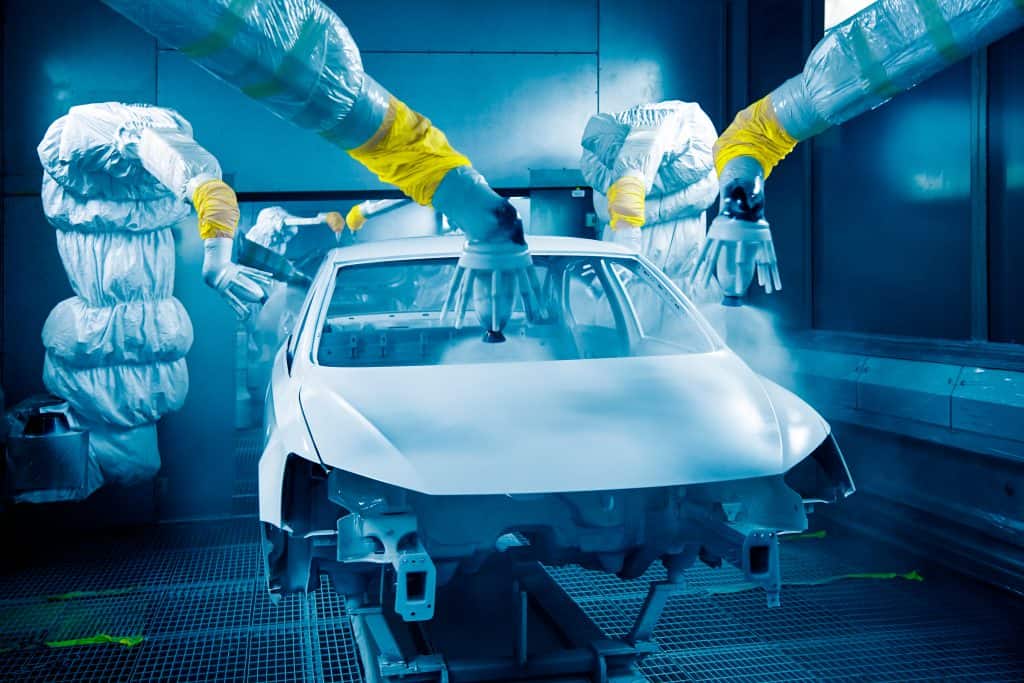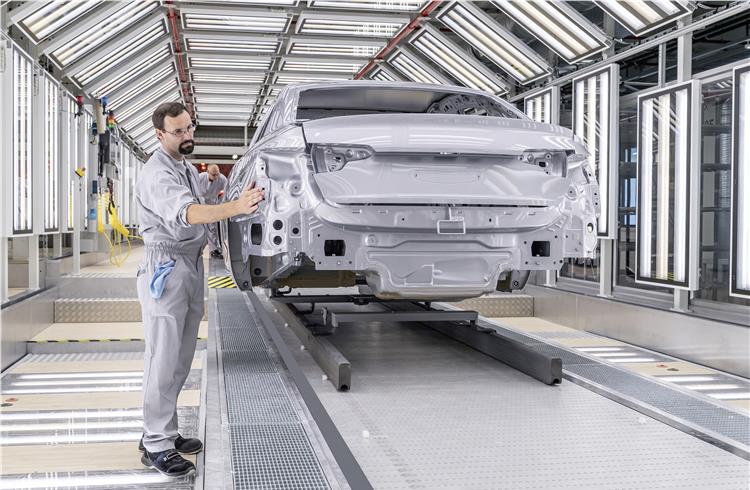
Save Time and Money with Automated Car Paint Inspection Innovations?
Share
In the fast-paced world of automotive technology, the efficiency of processes can make or break a business. One emerging trend that has gained traction is the automated car paint inspection system. This revolutionary approach not only promises to save time but also substantially cuts costs, making it an attractive option for tech professionals and enthusiasts alike. In this article, we will explore how implementing automated car paint inspection can significantly optimize operations and lead to smarter business decisions.
The automotive industry has always been a sector driven by innovation. As consumer expectations rise and competition intensifies, the demand for efficiency and quality assurance has never been more critical. With automation, businesses can expect to enhance the accuracy and speed of their paint inspection processes, ensuring that only the highest quality finishes reach the consumer.

Understanding Automated Car Paint Inspection
Before delving into the benefits, its important to understand what automated car paint inspection entails. This technology utilizes advanced imaging systems, artificial intelligence (AI), and machine learning algorithms to perform quality checks on the painted surfaces of vehicles. By integrating these high-tech solutions, the inspection process becomes more reliable and consistent compared to traditional methods.
To illustrate, the typical manual inspection process may involve numerous human reviewers examining the vehicle from various angles. While this approach has its merits, it is inherently time-consuming and prone to human error. On the other hand, automated systems can conduct thorough assessments in a fraction of the time, identifying imperfections, misapplications, and inconsistencies with impeccable accuracy.
Benefits of Automated Car Paint Inspection
1. **Time Efficiency**
One of the prominent advantages of automated car paint inspection is its ability to drastically reduce inspection time. In a world where speed matters, companies can capitalize on shorter production cycles. This is especially crucial for businesses looking to meet tight deadlines while maintaining high-quality standards.
For instance, a car manufacturer leveraging automation can perform an inspection in real-time as the paint is applied. By eliminating the wait-time associated with manual inspections, they can release vehicles to market much more quickly. Not only does this lead to improved cash flow, but it also bolsters customer satisfaction.
2. **Cost Savings**
Automated systems can also lead to substantial cost savings. By minimizing the reliance on manual labor, companies can significantly reduce labor costs. This is a remarkable benefit, especially in industries where workforce expenses eat into profits. Moreover, the accuracy of automated inspection systems can help prevent costly rework by catching defects early in the production process.
Additionally, as vehicle owners are increasingly looking for quality assurance, an automated inspection system provides undeniable proof of paint quality. This assurance can lead to higher vehicle valuations and better customer loyalty, ultimately resulting in increased revenue.
3. **Consistent Quality Control**
Maintaining quality across all production lines is critical. Automated car paint inspections ensure that every vehicle is subjected to the same stringent testing protocols. With advanced imaging technology and AI algorithms, the inspection process becomes consistent. Unlike human inspectors, these systems can analyze paint finishes without fatigue or bias.
Furthermore, data collected during inspections can be aggregated and analyzed to identify patterns, enabling manufacturers to implement proactive quality control measures. This level of insight into the production process empowers businesses to address potential issues before they escalate, thus maintaining their reputation for quality.
How Automated Car Paint Inspection Technologies Work
At the core of automated car paint inspection technology are sophisticated imaging systems. These cameras capture high-resolution images of the painted surfaces, detecting subtle variances in texture, color, and adhesion. The images are then analyzed using machine learning algorithms that have been trained to recognize defects, such as scratches, uneven coatings, and color mismatches.
Moreover, automated systems allow for continuous feedback during the application of paint. As the vehicle passes through the paint line, real-time inspections can optimize the application process by identifying issues on-the-fly. This capability minimizes waste and enhances efficiencyall while raising the quality bar for painted vehicles.
Industries Benefiting from Automated Car Paint Inspection
The implementation of automated car paint inspection has ramifications that extend beyond just automotive manufacturers. Various industries can benefit, including:
Aerospace Industry
In the aerospace sector, paint quality is paramount for both aesthetic and functional reasons. Automated systems can ensure that coatings adhere correctly to the aircraft surface, offering durability against harsh environmental factors.
Marine Industry
Similarly, the marine industry relies on quality paint applications to protect boats and ships from corrosion and wear. Automated inspections can streamline quality control processes, ensuring that vessels meet industry safety standards.
Manufacturing of Appliances and Equipment
Moreover, the manufacturing of appliances and equipment involves painted surfaces that must meet strict aesthetic and durability standards. Automated inspection systems can capture the quality of finishes that consumers expect, optimizing overall marketability.
The Future of Automated Inspection Technologies
Considering the vast array of benefits, it is evident that the future lies in automated car paint inspection. As technology evolves, we can anticipate even smarter systems equipped with more advanced algorithms and capabilities. For instance, artificial intelligence will likely continue to grow, allowing systems to learn and adapt based on previous inspection results.
Moreover, the integration of IoT (Internet of Things) technology will enable these systems to communicate with other aspects of the manufacturing process. This includes during the paint application itself, allowing for on-the-spot adjustments to ensure that every vehicle is finished to perfection.

Frequently Asked Questions
1. What is automated car paint inspection?
Automated car paint inspection is a technology that utilizes advanced imaging systems and AI to inspect the quality of a vehicle's paint job in real-time, minimizing human error and enhancing efficiency.
2. How does automated inspection save costs?
By reducing manual labor and increasing the speed of inspections, automated systems help lower labor costs, minimize material waste, and prevent costly rework due to undetected defects.
3. Can automated car paint inspection technology be applied to other industries?
Yes, it can be utilized in various industries such as aerospace, marine, and appliance manufacturing, where paint quality is vital for durability and aesthetics.
For those interested, you can dive deeper into the technical aspects of painting processes by visiting Wikipedia. Furthermore, for those looking to improve their painting methodologies and gain practical tips, check out this link: How to Paint a Car. As you consider the benefits of automated paint inspections, learn more about how to maintain and improve your vehicles using smart technology.
